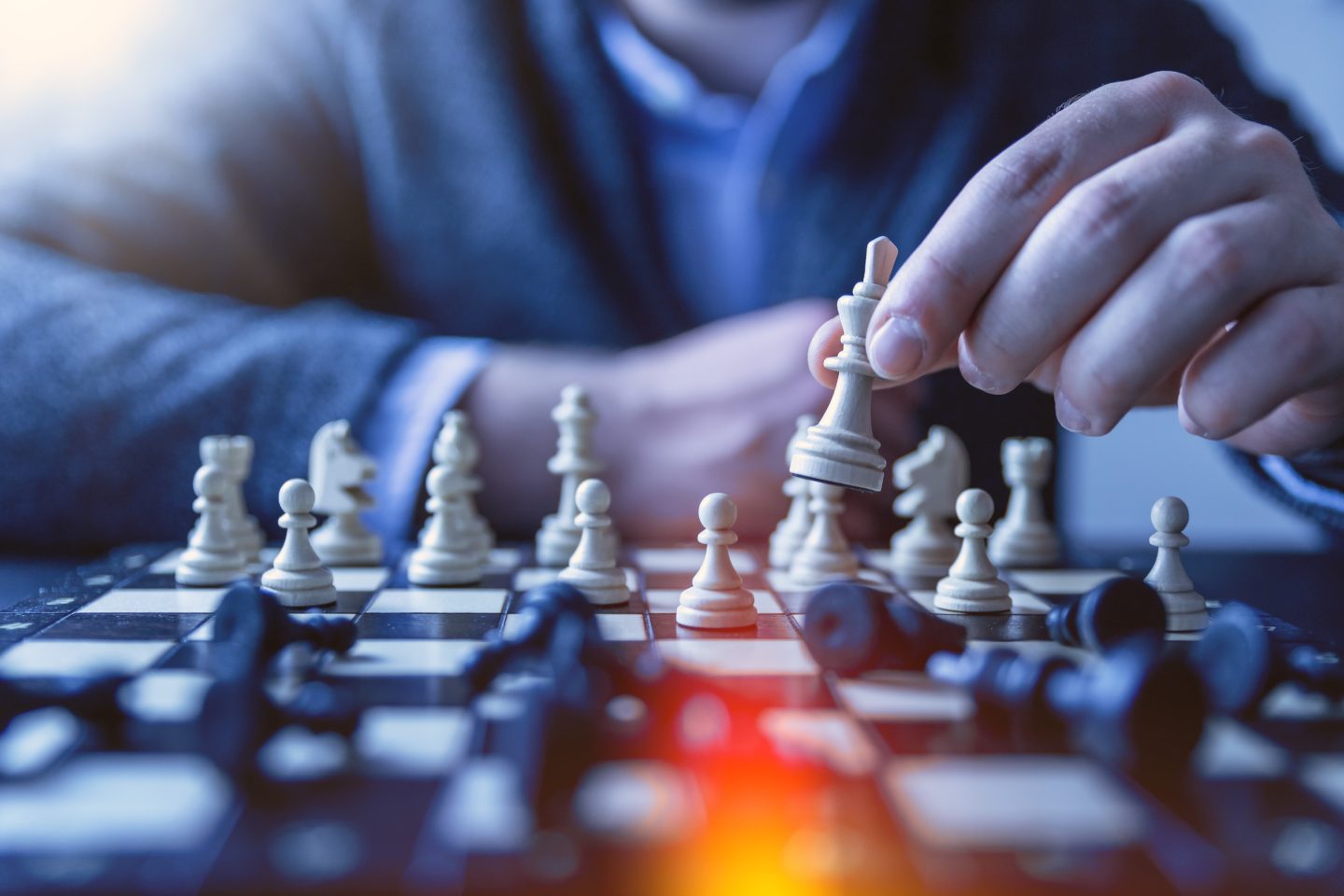PROMOTION
Education and entertainment seem more like an oxymoron. These are two different activities that aim to achieve different goals. Education is more geared towards responsibility, the cultivation of maturity, growth, and knowledge. A proper education prepares us for good citizenship, employment, and for a more fulfilling human experience. On the contrary, entertainment aims at only amusement and bears no prejudice against pointless fun.
Therefore, what do you think should be done? Should we all surrender? If a hybrid between education and entertainment is a myth, then any search for this correlation is doomed to failure.
Fortunately, these two opposing paths can be integrated and not exist as parallel roads. Entertainment and education frequently intersect, and when this occurs, the student can enjoy the best of both. Even some scientific studies have confirmed that some games and toys are highly educational. They can even make educating for fun and entertaining. In some educational systems, too much focus is placed on complex technicalities that make students fear and even hate the learning process. This pushes them towards seeking custom writing services. However, the following games show how education and entertainment can be combined.
- Chess
Among all the strategy games, chess is the most widely studied and proven educational options. Over a series of studies, researchers have discovered that chess has a high correlation with enhanced reading scores, math scores, memory retention, creative thinking, problem-solving, and the general ability to learn new information.
A couple of reasons make this special. First, it provides a much greater amount of problems that provide adequate practice. Second, Chess provides instant rewards and punishments. Third, students who frequently play chess have gotten used to searching for more unique alternatives resulting in better scores when it comes to originality and fluency. Fourth, the competitive nature of the game fosters interest, challenges all the students, promotes mental alertness and stimulates very high levels of achievement.

- Jigsaw puzzles
Jigsaw puzzles have now existed for ages. They combine some form of engineering and art to create a complex and entertaining problem. Enthusiasts of puzzles understand how a challenging puzzle is an entertaining feat to achieve. It also provides an opportunity to gain a sense of accomplishment and create some order in the world. One might even claim that jigsaw puzzles are life’s metaphors. We do not live in a clockwork universe. The world is a chaotic assortment of random pieces and events. However, each piece is a representation of a clue to a bigger and more magnificent picture. It takes a patient problem solver to create order out of the chaos. Therefore, jigsaws are valuable, especially for children in training their minds on how to solve problems. Older children can also use them for jogging their brains.
- LegoTM
Legos are the undisputed royal family of assembly and construction toys. Other construction toys include Tinker Toys and K-Nex, among others. However, no toys have a halo as bright as that of LegoTM. Most benefits of this detachable brick assembly system are apparent. For one, it bolsters creativity, engineering, motor skills, problem-solving, reasoning as well as spatial recognition. For another, this kind of toys have surpassed their utility as just mere entertainment pieces and have etched a path into numerous school and professional applications the likes of architecture, robotics, fine art, and therapy. The educational potential of this plastic toy cannot empathize enough. Architects often refer to Legos as a source of inspiration for their works and architectural visions. The Lego principle has also found its way into fine art in the name of “Lego art.”
You can also find the use of Lego in counseling and other forms of therapy. It has been heavily touted by children counselors to have numerous benefits during play therapy through the facilitation of communication, grief counseling, and socialization.

- Physical education/sports
As it turns out, ‘co-curricular’ is pretty much curricular. In elementary as well as middle school, physical education, sports and recess have the potential to educate students on different kinds of important lessons such as physical fitness, team-work, self-discipline, body awareness, goal-setting, coordination, spatial recognition, healthy self-esteem, communication, and hard work. For a significant number of students, athletic activities are good for the relief of stress. It might feel a bit cathartic to put in excess energy, and it can as well be empowering to accomplish some victory in the gym, the court or on the soccer pitch before “tackling” that math assignment.
Though not studied enough, edutainment has the potential of making learning more enjoyable and rewarding physically, mentally, socially, and emotionally. Many other games have both educational and entertainment potential. One of them is scrabble.TM
